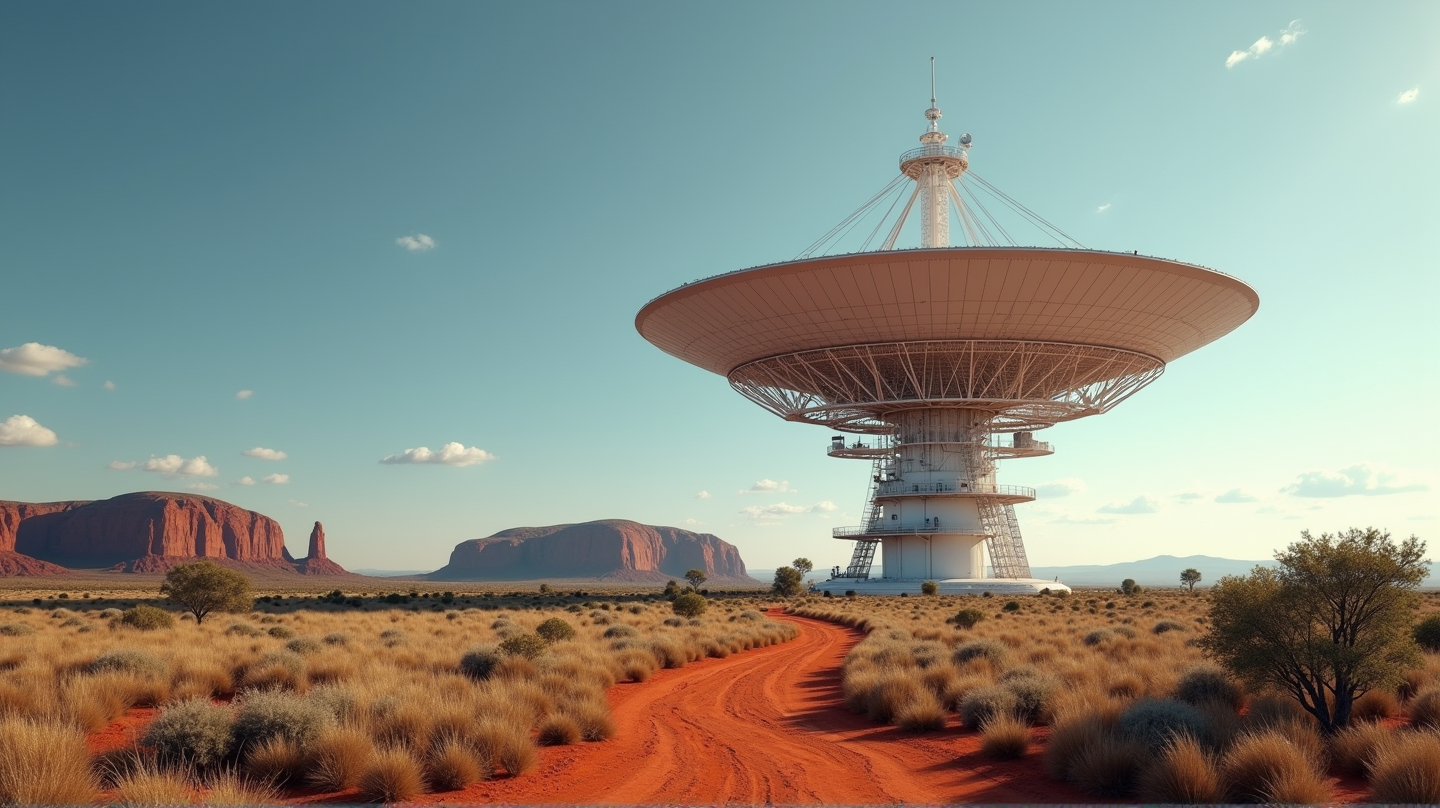ESA's 115-Foot Antenna in Australia: A Giant Leap in Space Communication
ESA inaugurates a 115-foot space antenna in Australia, bolstering global communication for future missions and collaborative space exploration.

Imagine peering into the vastness of space with the aid of a colossal, state-of-the-art 115-foot antenna, freshly installed in the quiet town of New Norcia, Australia. This impressive structure, part of the European Space Agency (ESA), promises to transform our communication capabilities with spacecraft venturing across the cosmos. What secrets might this antenna help us uncover in the universe? According to Interesting Engineering, the answers might be closer than we think.
A Communicative Revolution
Dubbed “New Norcia 3,” this vital addition to ESA’s deep space network positions Europe firmly at the forefront of space exploration. Scheduled to become fully operational by 2026, the antenna will support a variety of major missions, including the Juice mission aimed at Jupiter’s moons and the Solar Orbiter exploring our star. This project, part of a broader strategic investment, was launched in 2021 and emphasizes a robust collaboration between ESA, European industries, and Australian partners.
Strengthening Global Ties
With a hefty price tag of \(67 million, the antenna represents a critical investment in international cooperation. The Australian Space Agency's contribution of \)3.2 million underscores the growing partnership between European and Australian space sectors. This collaboration is set to unlock economic value and provide employment opportunities in Australia over the estimated 50-year life span of the station.
Bridging Continents with Communication
Intriguingly, the New Norcia site will soon host not one but two deep space antennas, making it the first of its kind for ESA. Managed locally by Australia’s CSIRO, these antennas will work in harmony with stations in Argentina and Spain, offering seamless coverage of deep space missions. Moreover, through mutual support agreements, this facility can assist other space agencies worldwide, including NASA, JAXA, and ISRO.
Strategic Location Benefits
Western Australia’s geographical convenience makes it a strategic asset, providing continuous monitoring of missions and offering prime conditions for payload separation of European rockets. Located nearby is the 15-foot tracking antenna, crucial for monitoring Vega-C and Ariane 6 launches. Furthermore, ESA’s Biomass mission, launching in 2025, will utilize the station’s facilities for accurate forest measurement calibrations—a testament to the multi-faceted capabilities of this innovative hub.
As we gaze into the night sky, hoping to unlock more of the universe’s mysteries, the New Norcia antenna stands ready as a testament to human ingenuity and the boundlessness of international collaboration in space exploration.

